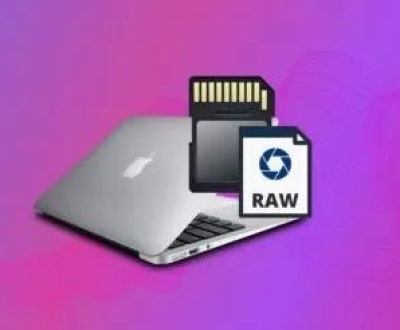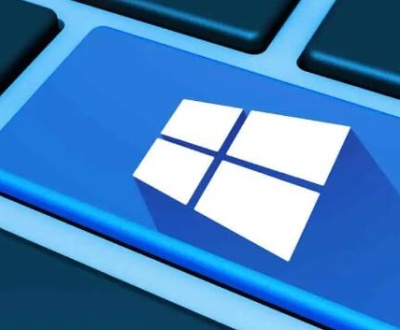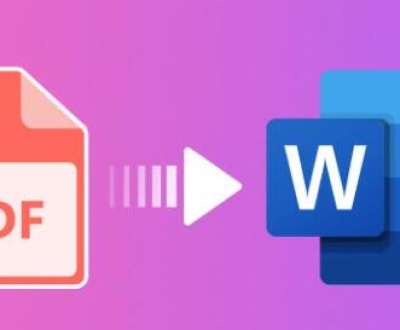Partitioning a hard drive is one of the most crucial steps when installing a new operating system like Windows 11. It directly influences your computer’s performance, data organization, security, and recovery options. Whether you’re setting up a new PC or reconfiguring your existing one, choosing the best partition size for Windows 11 requires a good understanding of system requirements, use cases, storage technology, and future scalability.
Disk partitioning is the act of dividing a hard disk into separate logical sections. Each partition functions as an independent disk where you can install an operating system, store data, or create recovery areas. For most users, at least two partitions are advisable:

System Partition (C:) – For Windows and applications.
Data Partition (D: or E:) – For personal files, media, and backups.
Some users might also include:
A recovery partition
A boot partition
Separate partitions for applications, games, or virtual machines
Windows 11 System Requirements
Before discussing partition sizes, let’s quickly revisit Windows 11’s system requirements:
Processor: 1 GHz or faster with 2+ cores on a compatible 64-bit processor
RAM: 4 GB or more
Storage: 64 GB minimum (as per Microsoft)
UEFI firmware with Secure Boot
TPM version 2.0
DirectX 12-compatible graphics
While Microsoft says Windows 11 needs only 64 GB, in reality, a fresh install with updates and drivers can take much more.
Recommended Minimum Partition Size for Windows 11
Although the official requirement is 64 GB, real-world usage suggests the following:
Basic Users
Partition size: 120 GB to 150 GB
Ideal for: Browsing, office applications, light media use
Space breakdown:
Windows 11 OS and updates: ~30-40 GB
Drivers and software: ~10-20 GB
Office suite and common apps: ~10-15 GB
Buffer for future updates and temp files: 20-30 GB
Average Users
Partition size: 200 GB to 250 GB
Ideal for: Gaming, creative tools, multiple applications
Space breakdown:
Everything from basic user
Gaming applications: 20-80 GB per game
Adobe Suite / media editing: ~20-50 GB
Virtual memory/page file/hyberfil.sys: ~20-30 GB
Power Users / Developers
Partition size: 300 GB to 500 GB
Ideal for: Heavy gaming, virtualization, development environments
Space breakdown:
Virtual machines: 40 GB+ per VM
Compilers, IDEs, SDKs: 30-50 GB
Local databases, server software: 20-100 GB
Temporary build files: Variable
Data Partition Sizing
While the system partition stores Windows and essential applications, your data partition stores personal files, media, downloads, and large software installations that don’t require being on the system drive.
Recommended size:
Basic user: 300 GB – 500 GB
Content creators: 1 TB or more
Gamers: 1 TB – 2 TB
Enterprise/developer: Multiple TBs or external SSDs
Storing data on a separate partition makes backup and recovery easier. If Windows gets corrupted, your data stays untouched. It also improves performance by reducing system fragmentation.
SSD vs HDD Partitioning
SSDs
Faster but usually smaller
Recommend 250 GB – 1 TB SSDs
Install Windows 11 on SSD for speed
Keep large files or archives on a separate HDD
HDDs
Slower but larger capacity
Suitable for backups and media storage
Not ideal for system partition due to slower boot and app load times
Best Practices for Partitioning
Leave Headroom
Always leave extra space in your system partition to accommodate future updates, service packs, new drivers, and software installations. Windows requires free space to operate efficiently.
Rule of thumb: Keep at least 15-20% free at all times.
Pagefile and Hibernation
These system files can take up significant space:
pagefile.sys (virtual memory): Can be several GBs
hiberfil.sys (hibernate data): Often 75% of RAM size
Dual Booting
If you plan to dual boot with Linux, macOS, or another Windows version:
Allocate 100–150 GB for each OS
Create a shared NTFS or exFAT data partition
Recovery Partition
Windows 11 usually creates a hidden recovery partition (500 MB to 1 GB). If creating partitions manually, leave space for this.
Manual Partitioning During Windows Installation
During installation, the Windows setup tool lets you create, delete, and format partitions.
Steps:
Boot from installation media
Choose “Custom Install”
Delete all existing partitions (only if you’re okay losing data)
Create new partitions:
System Reserved (auto-created)
Windows Partition (as per your plan)
Other partitions for data, recovery, etc.
Windows may create multiple partitions even if you create one. This is normal.
Using Disk Management in Windows 11
Post-installation, you can resize or create new partitions using Disk Management or DiskPart.
To access Disk Management:
Press Win + X
Click Disk Management
Right-click unallocated space to create partitions
Right-click existing partitions to extend/shrink
For more control, third-party tools like EaseUS Partition Master, MiniTool Partition Wizard, or AOMEI Partition Assistant can help.
Partitioning Strategies
Single Partition System
Everything on C:\
Simple but riskier for data loss during OS issues
Dual Partition (System + Data)
C: Windows and apps (120–250 GB)
D: Files, games, media
Triple Partition (System + Apps + Data)
C: Windows (100–150 GB)
D: Apps and games (200–500 GB)
E: Files/media/backups
Extended Strategy (for power users)
C: System
D: Apps
E: Games
F: Media
G: Backups
H: Virtual machines/workspace
Partition Alignment and File System Format
Windows 11 partitions should be:
Aligned properly (automatic on most modern systems)
Formatted to NTFS (default and preferred)
Using GPT partition table (required for UEFI boot)
MBR vs GPT
GPT (GUID Partition Table): Required for Secure Boot and UEFI, supports >2 TB drives
MBR (Master Boot Record): Older, supports up to 2 TB, 4 partitions max
Optimizing Partition Size Based on Drive Size
Partitioning for Laptops vs Desktops
Laptops often have one internal drive. Use:
System partition: 200 GB
Data partition: remainder
Desktops often have multiple drives:
SSD for system
HDD for data, games, or backups
Partitioning and Backup Strategy
Partitioning can help with backup planning:
Backup only system partition for fast recovery
Use full-disk or partition-level backups for data
Use tools like Macrium Reflect, Acronis True Image, or Windows Backup
Common Mistakes to Avoid
Under-allocating system partition: Leads to out-of-space issues
No separation between system and data: Makes recovery harder
Ignoring SSD best practices: Overpartitioning or writing constantly to SSD can reduce lifespan
Using MBR on modern systems: Incompatibility with UEFI and newer features
Partitioning with BitLocker
BitLocker can encrypt individual partitions. For best security:
Encrypt system partition
Encrypt data partitions if storing sensitive information
Ensure your system has a TPM 2.0 chip (mandatory for Windows 11 anyway) for seamless BitLocker integration.
When to Resize Partitions
System drive is getting full
You installed more applications than expected
Need to shrink data drive to create a new one
Use Disk Management or third-party tools to resize partitions non-destructively.
Final Recommendations
Basic Use
120 GB system partition
250 GB+ data partition
Power Use
250–500 GB system partition
Separate drives or partitions for data, games, development
Safety Tips
Backup before resizing partitions
Use GPT and NTFS for modern systems
Leave 15–20% free space on all active partitions
About us and this blog
Panda Assistant is built on the latest data recovery algorithms, ensuring that no file is too damaged, too lost, or too corrupted to be recovered.
Request a free quote
We believe that data recovery shouldn’t be a daunting task. That’s why we’ve designed Panda Assistant to be as easy to use as it is powerful. With a few clicks, you can initiate a scan, preview recoverable files, and restore your data all within a matter of minutes.
Subscribe to our newsletter!
More from our blog
See all postsRecent Posts
- Retrieve deleted videos from sd card 2025-04-25
- How to retrieve damaged sd card? 2025-04-25
- Retrieve photos from sd card 2025-04-25

 Try lt Free
Try lt Free Recovery success rate of up to
Recovery success rate of up to









